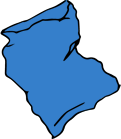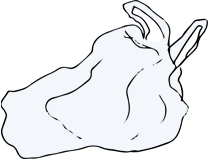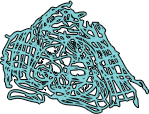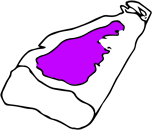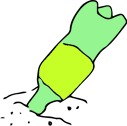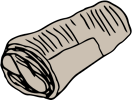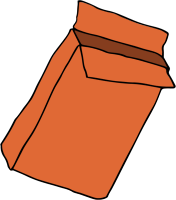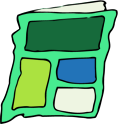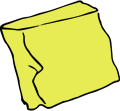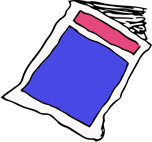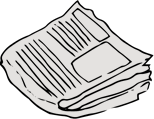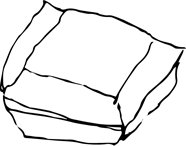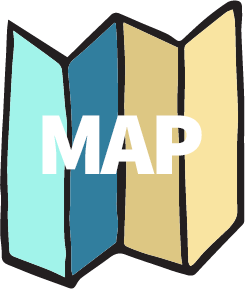If you would like to learn more about the process of designing and developing Happy Ocean, please visit my
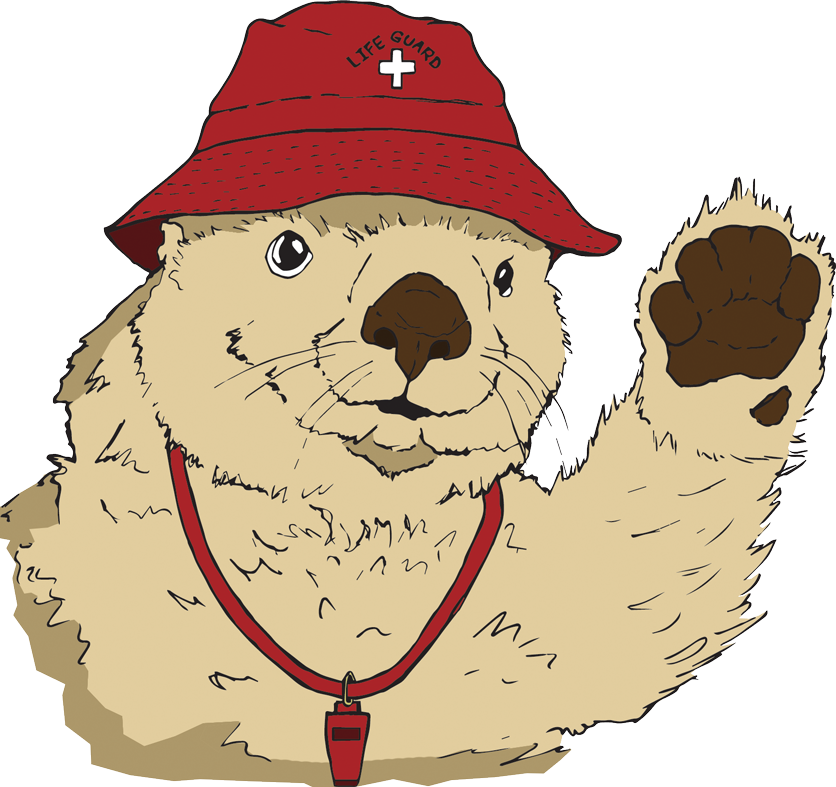
Let's Recycle!
Terra Turtleson-Shelle is excited to fly her kite but there's too much garbage in the way. This is a massive beach cleanup job, so we're bringing out the big bins. Help sort the trash and recyclables into the appropriate bins. You might be surprised: it's possible to recycle more than you think!
To play again, click or tap on the logo!
A happy ocean is a clean ocean!
Amazing!
That was a big job! You cleaned up all the trash from the beach and helped Green Sea Turtle fly her kite!
Click or tap on the arrow to continue to the next scene, or use the map to choose a new location!
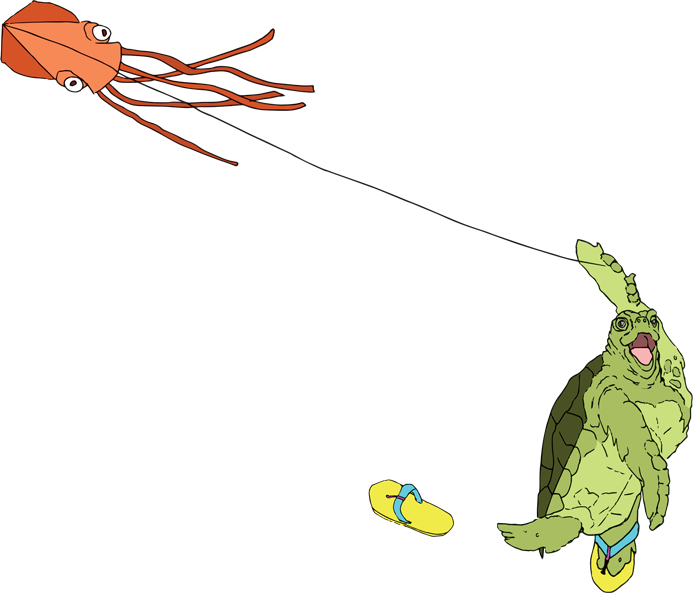

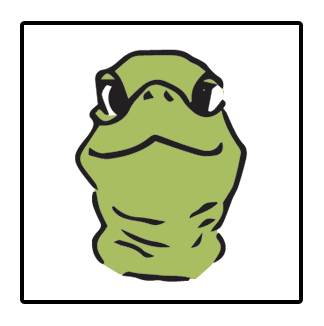
IDENTIFICATION CARD
Name: Terra Turtleson-Shelle
Height: 5 ft.
Weight: 227 lbs.
Address: 462 Galápagos Circle
Pollution Threat: plastic bags
Favorite Activity: kite flying
Favorite Food: seagrass sandwich

Green Sea Turtle
Scientific name: Chelonia mydas
Habitat: Atlantic, Pacific, and Indian Ocean, beaches
Diet: jellyfish, crab (juvenile); seagrass, algae (adult)
Lifespan: 80+ years
Conservation Status: Endangered
Threats from Ocean Plastics
Green sea turtles can become entangled in netting and plastic, which can warp and stunt their growth. Global warming has caused many sea turtle eggs to become female, threatening the longevity of the species. They often mistake plastic bags for jellyfish, and once they’ve eaten them, the plastic can block their digestive system causing disability and death. Plastic isn’t sea turtle food, but it’s quickly becoming their main meal. Hopefully, it won’t be their last.
Fun Fact
Green sea turtles change their diets as they age! Young turtles will eat almost anything, whereas fully mature turtles are strictly herbivores.
Learn more about sea turtles

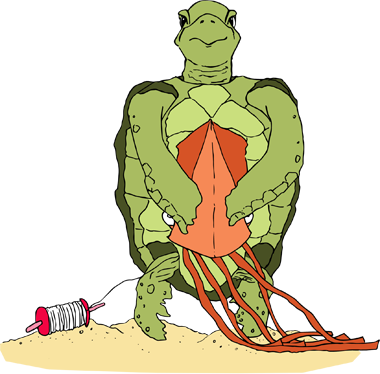
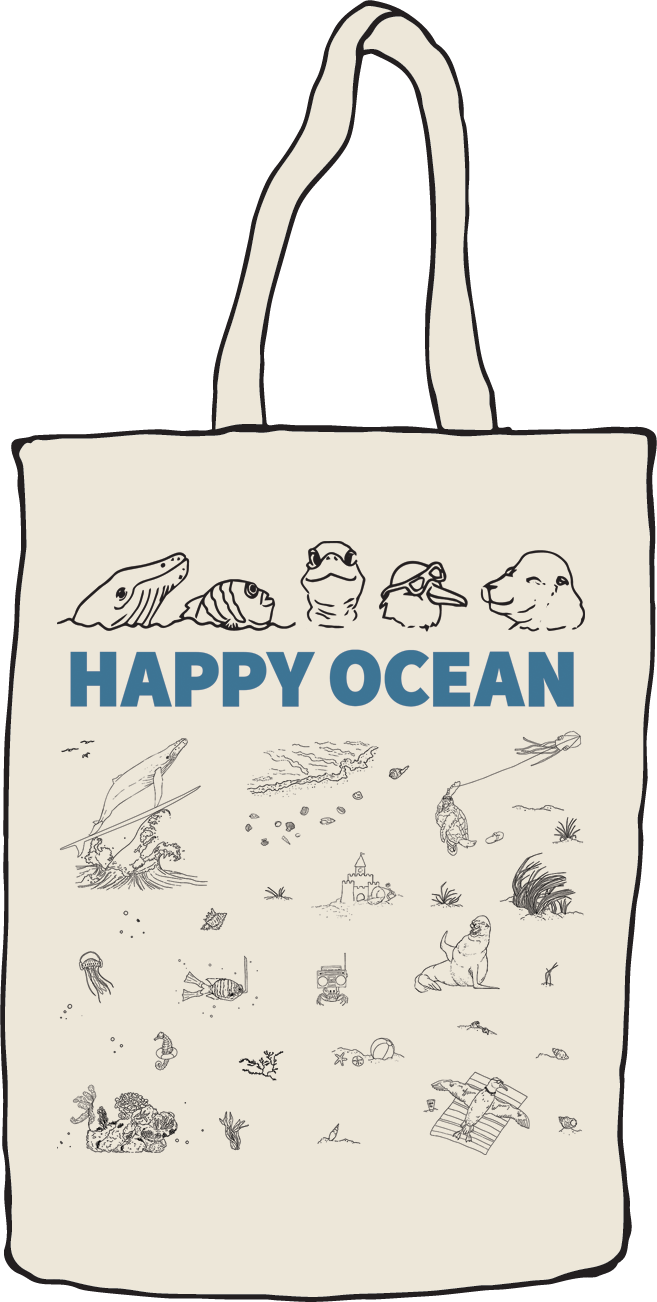

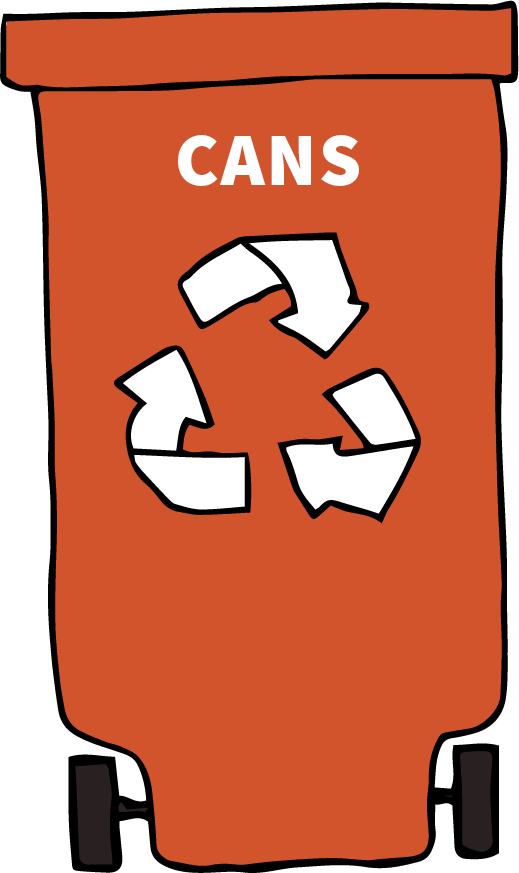
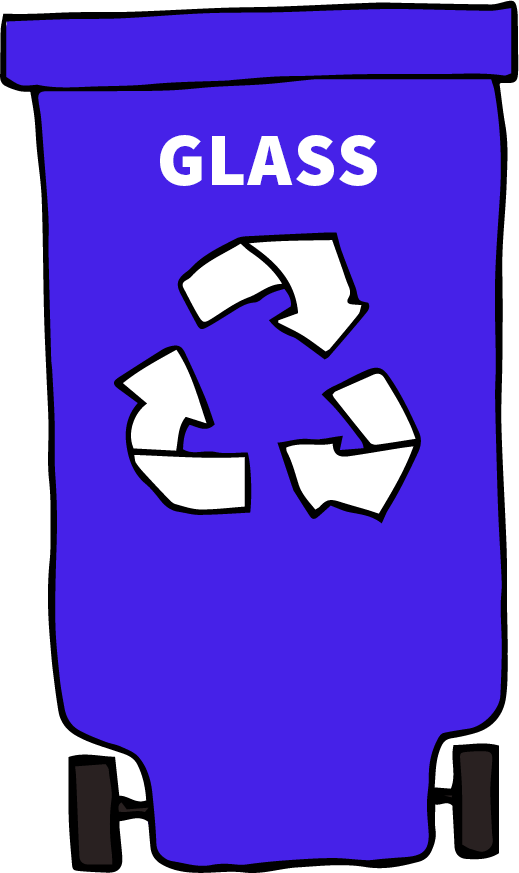
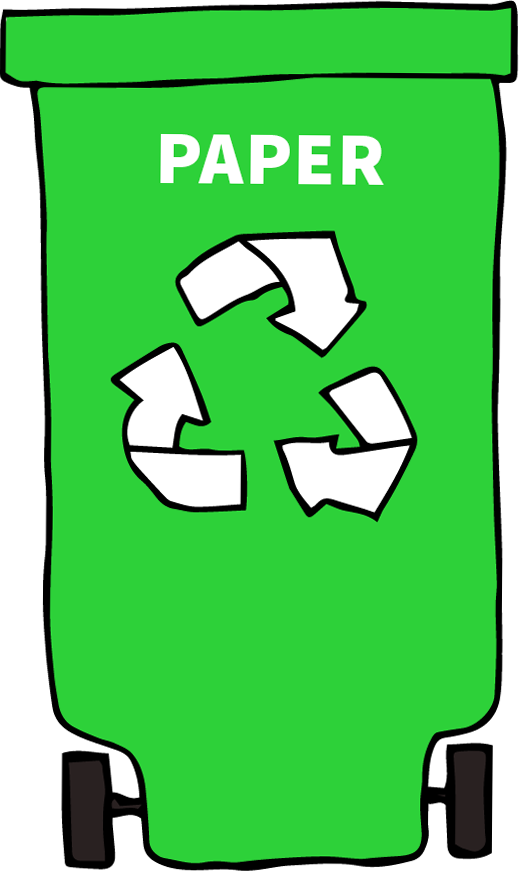
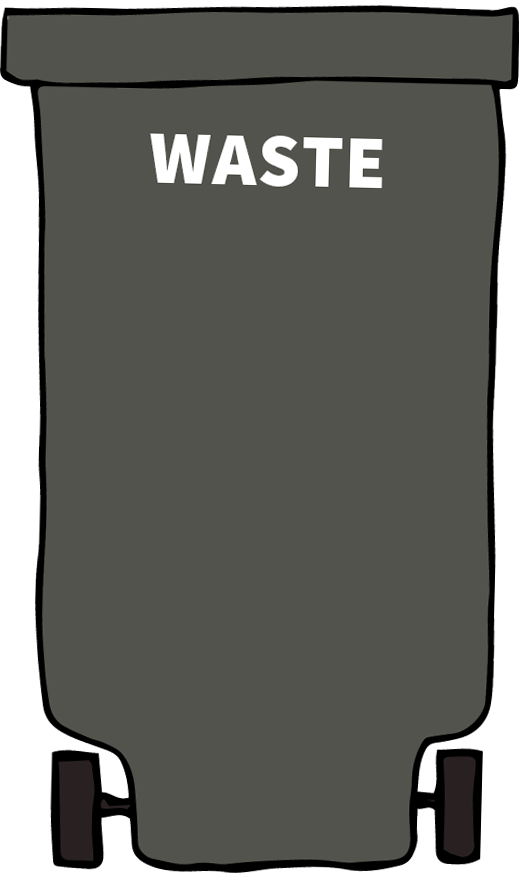
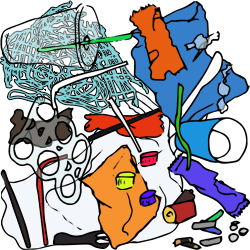
Special Items
Items like batteries, plastic bags, plastic cups, food wrappers, plastic silverware, fishing line, bottle caps, and straws can all be recycled with a little extra effort!
Place these items in the Happy Ocean tote bag so we can bring them to special recycling services!
Check out the resources page for more information!
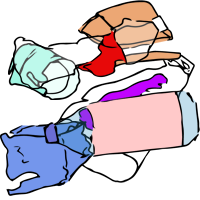
Plastic
Most plastic bottles and containers can be recycled. Check with your local recycling center to see which plastics are able to be recycled in your area. You can check the number on the bottom of the plastic item. Plastics labled 1 or 2 are generally recycled everywhere. Other plastics may require special attention.
Place these in the yellow bin for plastics!
Check out the resources page for more information!
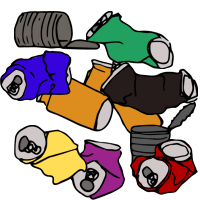
Cans
Aluminum and steel cans, as well as other types of metal items can be recycled.
Place these in the orange bin for cans!
Check out the resources page for more information!
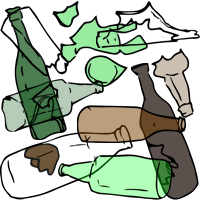
Glass
Glass bottles can be recycled. Be careful: some of the bottles are broken. Always be sure to wear thick gloves when performing a beach cleanup!
Place these in the blue bin for bottles!
Check out the resources page for more information!
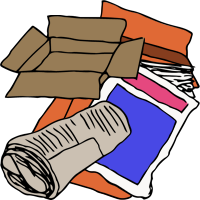
Paper and Cardboard
Items like paper, magazines, corrugated cardboard, cardboard boxes, and cardboard food packages can be recycled.
Place these in the green bin for paper!
Check out the resources page for more information!
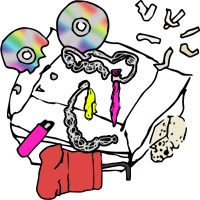
Waste
Unfortunately, most items like CDs, balloons, cigarette butts, disposable lighters, styrofoam containers, and other types of foam cannot be recycled and must be placed in the waste bin.
Check out the resources page for more information!


